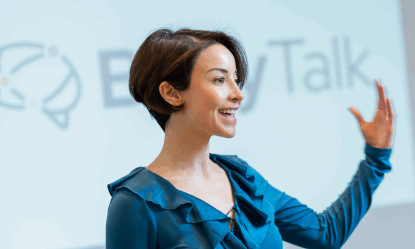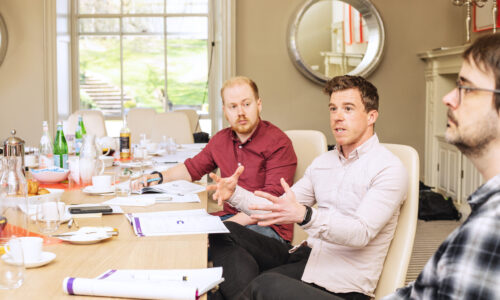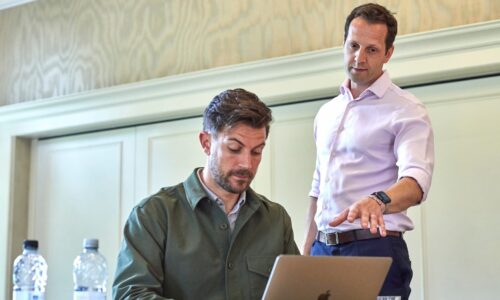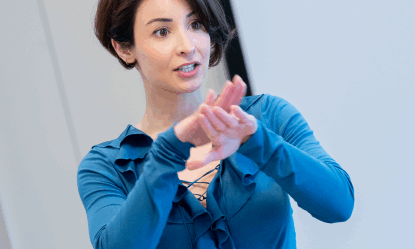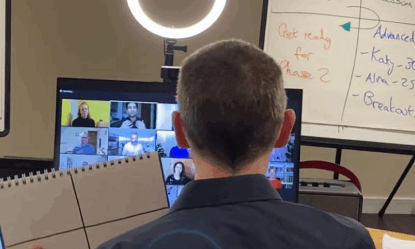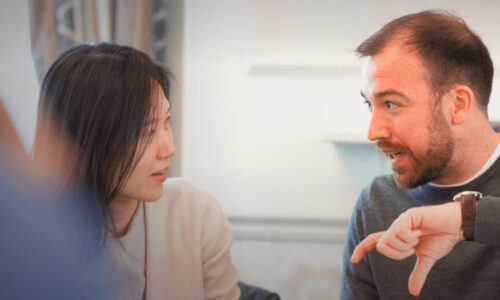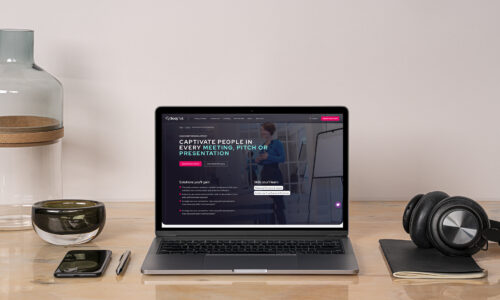I saw a LinkedIn post recently about a Swedish experiment with speed cameras. Instead of just fining people who sped, they entered those who didn’t into a lottery to win the fine money. Rewarding good behaviour rather than punishing bad.
It’s true that Volkswagen ran a short-lived experiment to find fun ways to change driving behaviour. While it didn’t last long, the experiment made a simple point: people often respond better to positive reinforcement than penalties.
And it doesn’t stop at driving. Take Alcoa. Under CEO Paul O’Neill, the aluminium giant didn’t just track accidents. They focused on creating a culture where safety came first and employees felt safe speaking up. Anyone who embraced this mindset, reported hazards, and contributed to a safer workplace got recognised and promoted. Those who resisted didn’t. It wasn’t about punishing mistakes, it was about celebrating the right behaviour and creating psychological safety. The result? Accident rates plummeted, and performance shot up.
Then there’s Vitality, which motivates people to exercise by turning healthy behaviour into rewards – points, discounts, prizes – rather than scolding inactivity. And if you’ve ever ignored a Duolingo email telling you your Italian skills are “getting mouldy” or that the app is disappointed in you, you know guilt doesn’t always work. Behavioural science backs this up: we often respond more to the pleasure of reward than the pain of failure. Of course, negative feedback works too; loss aversion is real. The trick is balance: enough reward to inspire action, a dash of consequence to keep us on track.
Pain vs Pleasure: What Really Moves Us?
When using storytelling in business, most people start with the pain: what’s wrong, what’s difficult. Then they jump straight to the solution. Makes sense, right? But it misses a step.
Our brains respond to emotion first, logic second. Highlighting pain triggers concern, but jumping to a solution satisfies only logic. Desire? Not so much.
The “better future” does two things:
- It lets people picture themselves in a more positive reality.
- It makes change feel worth the effort.
Airbnb’s “Belong Anywhere” campaign nails this. They didn’t just sell homes; they sold a vision of authentic, personal travel experiences. People weren’t just booking a place to stay; they were buying into a lifestyle.
The lesson for presentations or pitches is simple: if you only talk about the problem, you might get nods of agreement, but you won’t spark action. Show what success looks like, what people gain, and why it’s worth pursuing.
Think corporate change. Many leaders start with the pain: “If we don’t switch systems, we’ll fall behind competitors.” Good. People need context. But often, we then jump straight to a logic-heavy solution: “Here’s the new system, here’s the workflow.” People can follow the logic, but they rarely feel motivated.
The missing piece? Show the destination: “By moving to this system, we’ll free up hours every week, make collaboration easier, and be more productive.” Suddenly, your audience can see themselves there, imagine the reassurance, and feel compelled to act. Pain grabs attention; reward drives behaviour. Both matter, but don’t leave people stuck in the problem. They need to see the destination.
And the “better future” doesn’t have to be huge. It can be small, tangible, relatable: a project delivered on time, a team communicating well, or a delighted client. Make it vivid, and your audience stops passively listening and starts leaning in, asking questions, and taking action.
Focusing only on the problem keeps people stuck in “what’s wrong,” triggering stress and avoidance. Showing the better future sparks motivation, curiosity, and hope – the exact things that get people moving. Danger grabs attention, but reward drives behaviour.
At Body Talk, we help you turn “nodding heads” into action. From presentations to pitches to significant organisational changes, we show you how to paint a better future so your audience leans in and acts. Through coaching, storytelling workshops, and masterclasses, we give you practical tools to inspire, motivate, and get results. Because it’s not enough to highlight the problem, people need to see where they’re going.





